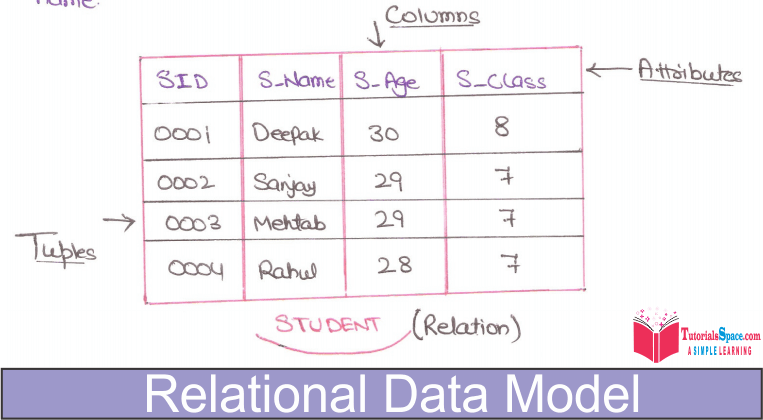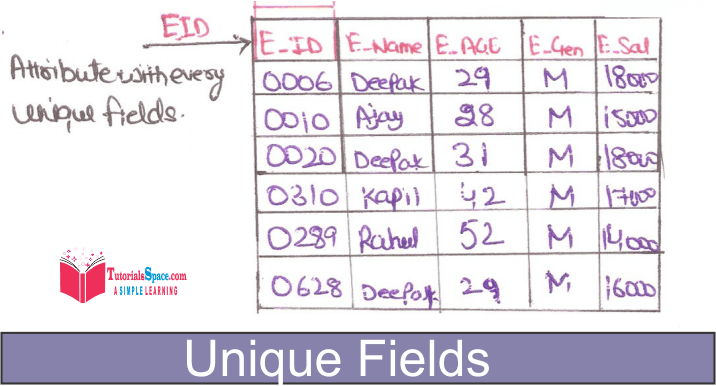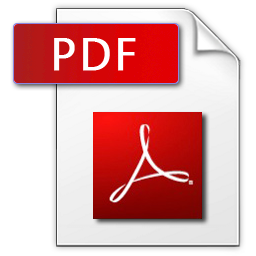
Relational Data Model
Relational Data Model uses a collection of tables to represent both data and the relationship among those data.
1) Each table has multiple columns and each column as unique name.

2) The Data is arranged in a Relation which is visually represented in a two dimensional table.
3) The data is inserted into the table in the form of Tuples(Rows).A Tuple is formed by one or more than one attributes. Tuple in this example is a row (complete row).
0003 Deepak 297
& attributes are SID,S_Name,S_Age, S_Class.
4) Attributes are used as basic building block in the formation of various expression that are used to drive a meaningful information.
5) There can be number of tuples in the table (relation), but all the tuples contains fixed and some attributes with varying values.
6) A Relation is represented by a table.
Tuple is represented by row.
An attribute is represented by a column of the table.
Attribute name is the name of the column
Example S_ID,S_Name, S_Age.Attribute values contains the values for the column in the row.
Constraint - Set of rules and limitations:
Constraints are applied to tables and forms the logical schema.
1) To select a particular row / tuple from table / relation we use attribute / columns name with the help of unique value field of an attributes.
2) This field which are unique from other fields are used as indexes which helps in searching fast.

3) All the relational algebra operations, like
Select, Intersection, Product, union, join, Division, Merge
Can also be performed on the relation data model.
4) Operations on RDM (Relational Data Model) are facilitated with the help of different conditional expression, various key attributes, and predefined constraints etc.
5) Data Integrityis maintained by process like Normalization.
6) Description of data in terms of this model is called a schema.
Schema for relation specifies its name , name of each field.
Student(S_id: Integer, S_Name: String, S_Login : String etc)

